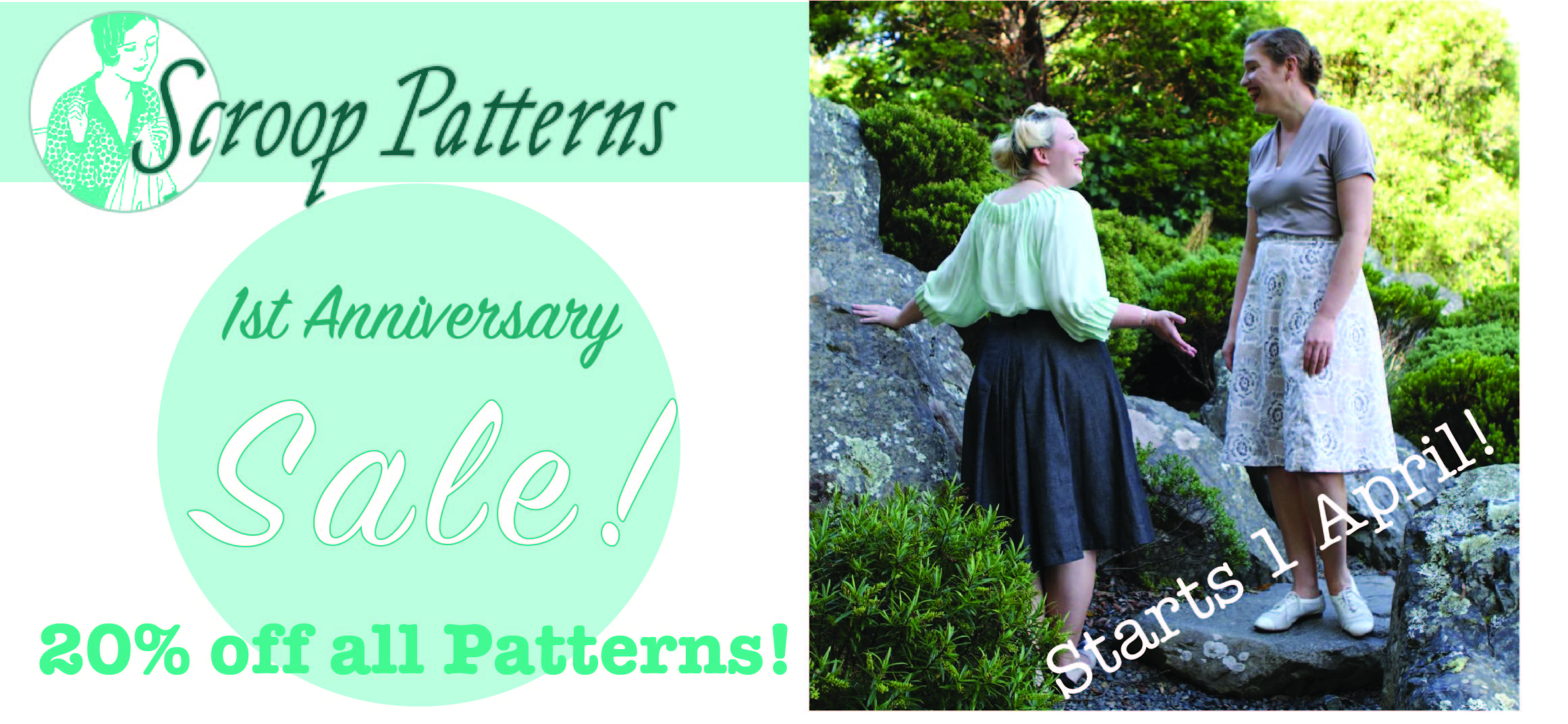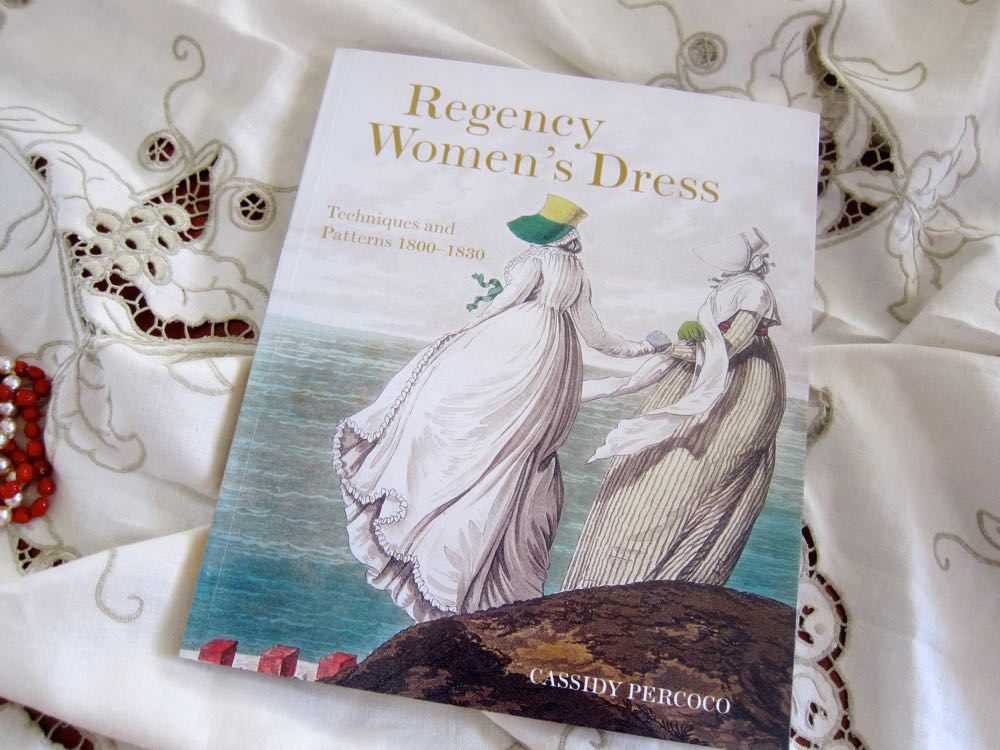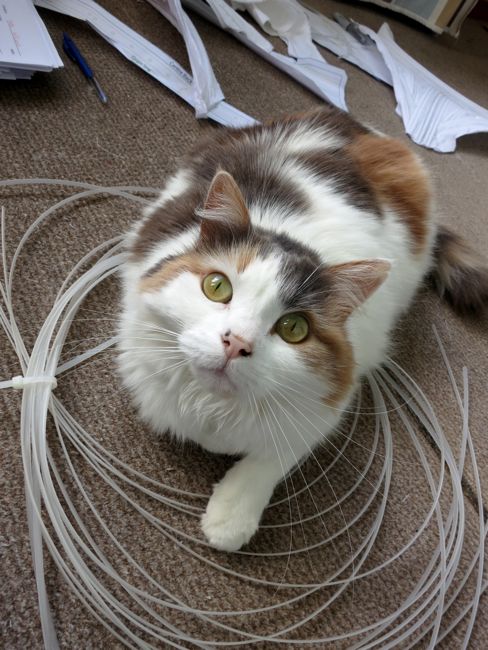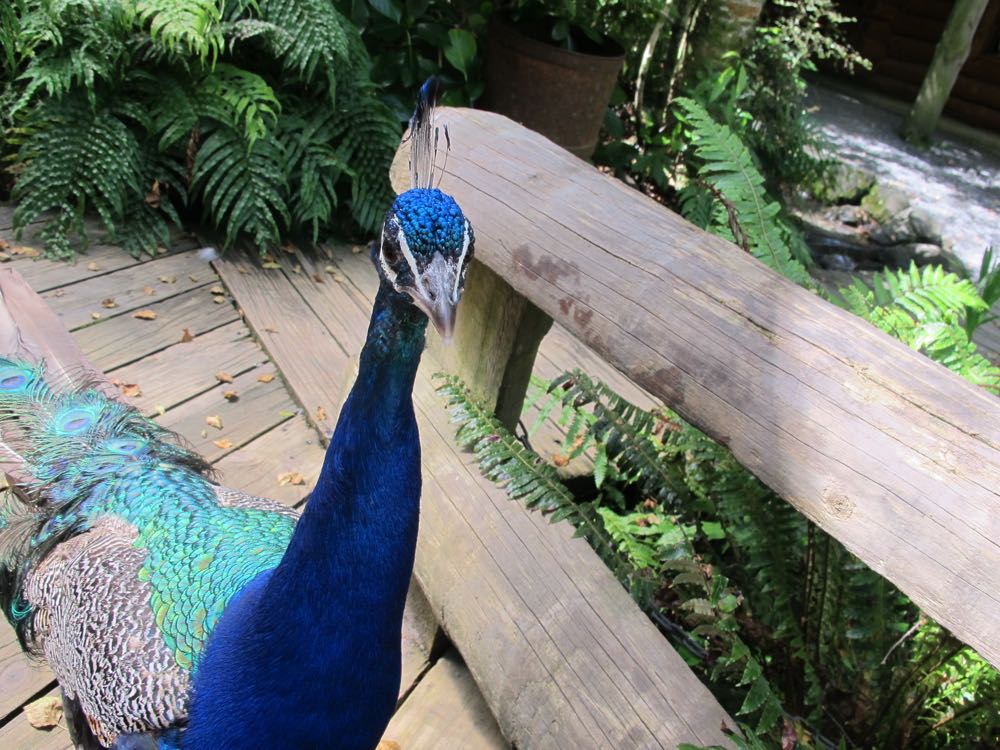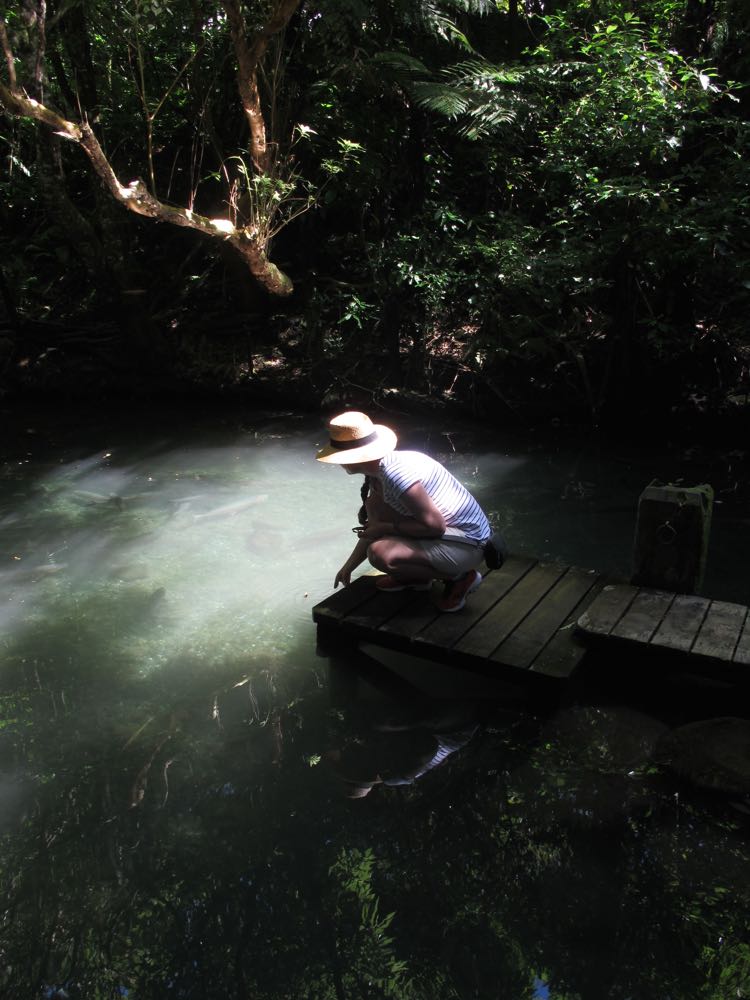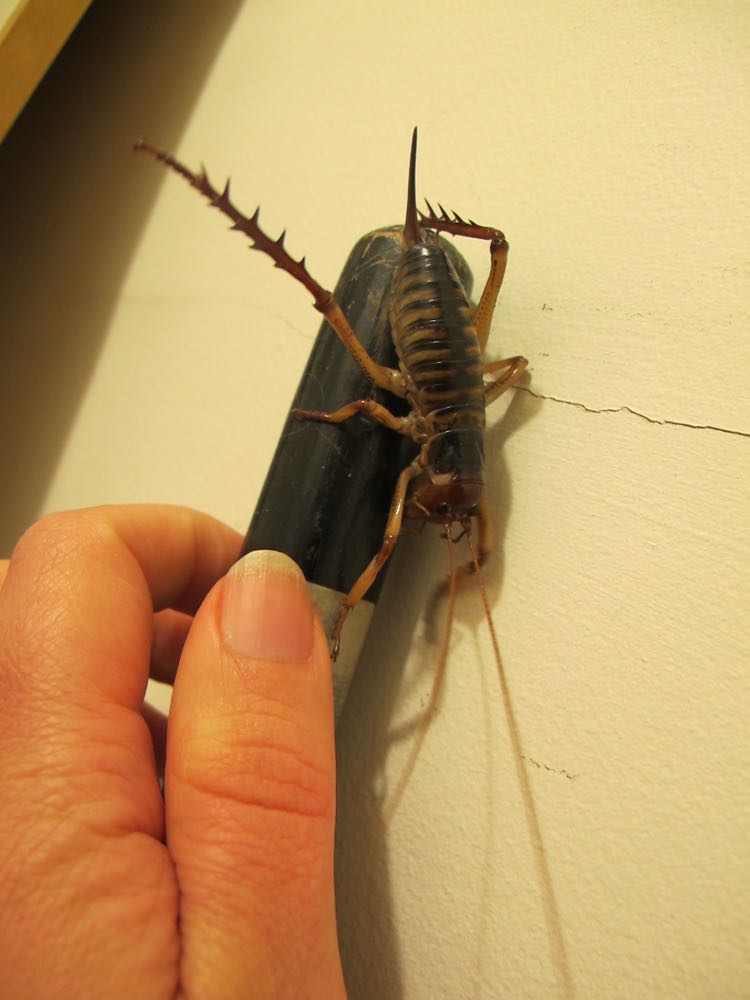Yay, yay, hooray! Last weeks red & white 1880s nautical ensemble was such a success. Not only did most of you love it (18 perfect 10s!), but it attracted more comments than any other RTD in the last year, and it sparked discussions about how the buttons stayed so pristine, and how the dress would be washed. Oh, and it came in at a whopping 9.1 out of 10. I love it when people are so interested and enthusiastic* about a rate the dress !
Since white with red trim was so popular last week, I’m sticking with that theme for this week. However, while last week’s ensemble was nautical in feel, this week’s fashion plate shown an outfit that takes all its design cues from somewhere far, far from the sea: Kashmir.
Not only does our fashionably attired lady carry a red Kashmiri shawl with elaborate borders and edging, her white pelisse with red trim and asymmetrical front fastening appears to be made from a Kashmiri shawl as well. By 1817 the mania for Kashmiri shawls had sparked copycat industries all over Europe, particularly in Norfolk and Paisley in the UK (hence the term paisley for the boteh design seen in the shawls). The best quality shawls, with the softest hand (as Europe had not yet managed to replicate the softness of cashmere wool) and the most delicate patterning still came from Kashmir, but simpler patterns, such as that seen on the hem of the pelisse were being manufactured closer to home. Our lady’s cosy outdoors ensemble may illustrate both an exotic imported product, and the domestic interpretation of the style.
Continuing the theme of mixing the domestic and the exotic while showing off as much wealth as possible, a lavish embroidered lace dress hem peaks out from beneath the edge of the pelisse, and more expensive lace ruffles frame the face above the standing collar. The bonnet’s shape is typically European, but the swirling motifs tie in with the paisley of the shawl and pelisse.
What do you think? Does crisp red and white work with the exoticism, and help to keep the outfit from being too fussy? Has our lady pulled off double paisley?**
Rate the Dress on a Scale of 1 to 10
* Because enthusiasm is so much more attractive than negativity. 10/10 for all your 10s!†So pretty 😉
†Though obviously, I understand that every dress can’t be a 10! That would be boring!
** I feel like double paisley sounds even worse than double denim, but I also think it has a much, much higher chance of being fabulous, if done right. So you just have to decide if this was done right!


